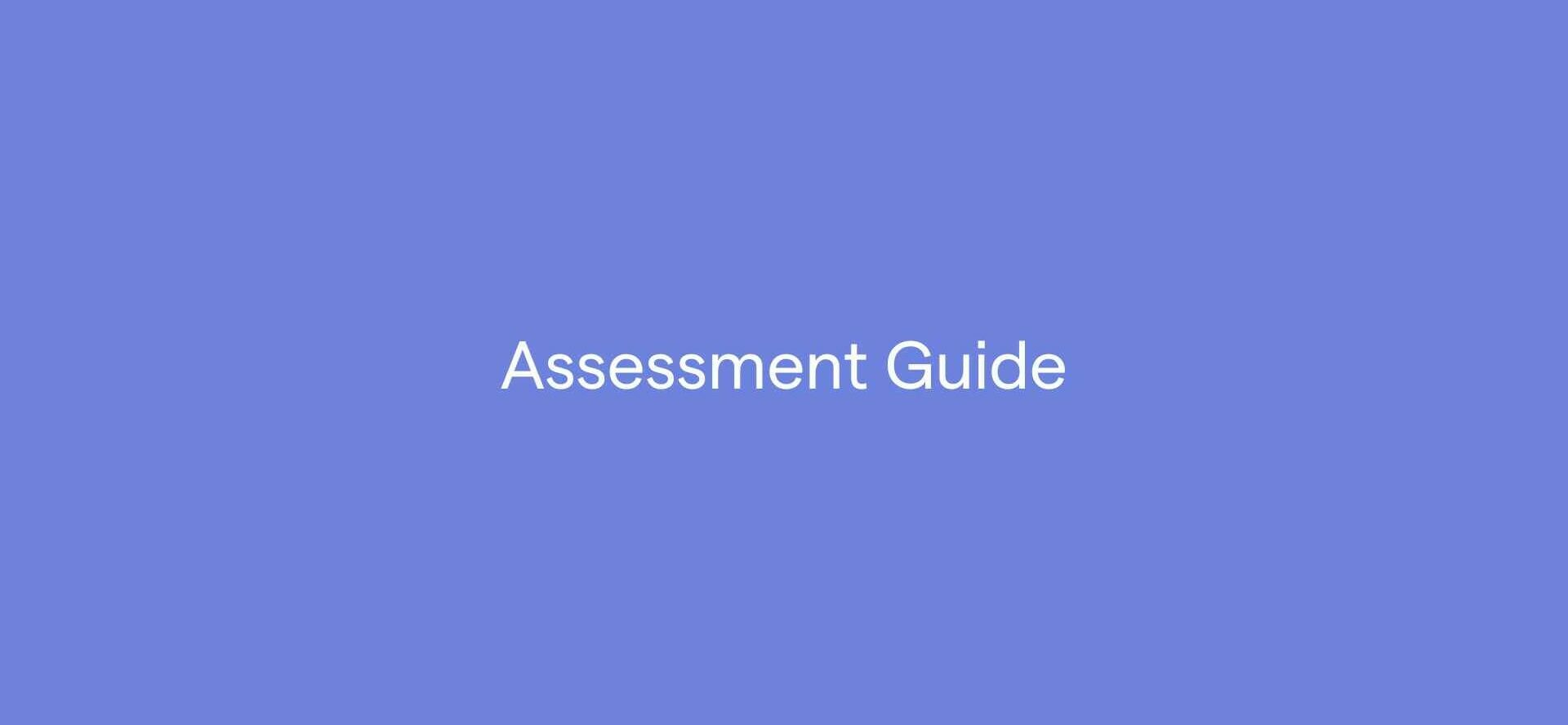
Kessler Psychological Distress Scale (KESSLER-10)
Recommended Frequency: Every 2 Weeks
Summary
The Kessler Psychological Distress Scale (KESSLER-10) is an instrument that yields a global measure of distress based on questions about anxiety and depressive symptoms that a person has experienced in the most recent 4-week period. This instrument is 10 questions and is intended to be a brief, simple and reliable instrument to detect mental health conditions.
Psychometric Properties
The ending kappa and weighted kappa scores range from 0.42 to 0.74, indicating that the K10 is a moderately reliable instrument.
Sources:
- https://www.tac.vic.gov.au/files-to-move/media/upload/k10_english.pdf
- http://www.statisticssolutions.com/kessler-psychological-distress-scale-k10/
The Scale
The following questions ask about how you have been feeling during the past 30 days. For each question, please select the option that best describes how often you had this feeling.

Scoring
This questionnaire is a measure of psychological distress. The numbers attached to a patient’s responses are added up to calculate the total on the scale. Scores will range from 10 to 50.
People seen in primary care who score under 20 are likely to be well; score 20-24 are likely to have a mild mental disorder; score 25-29 are likely to have moderate mental disorder; and score 30 and over are likely to have a severe mental disorder. 13% of the adult population will score 20 and over and about 1 in 4 patients seen in primary care will score 20 and over. This is a screening instrument and practitioners should use clinical judgement. Scores usually decline with effective treatment. Patients whose scores remain above 24 after treatment should be reviewed and specialist referral considered.

Copyright Information
Kessler R. Professor of Health Care Policy, Harvard Medical School, Boston, USA.
Kessler, R.C., Andrews, G., Colpe, .et al (2002) Short screening scales to monitor population prevalences and trends in non-specific psychological distress. Psychological Medicine, 32, 959-956.











